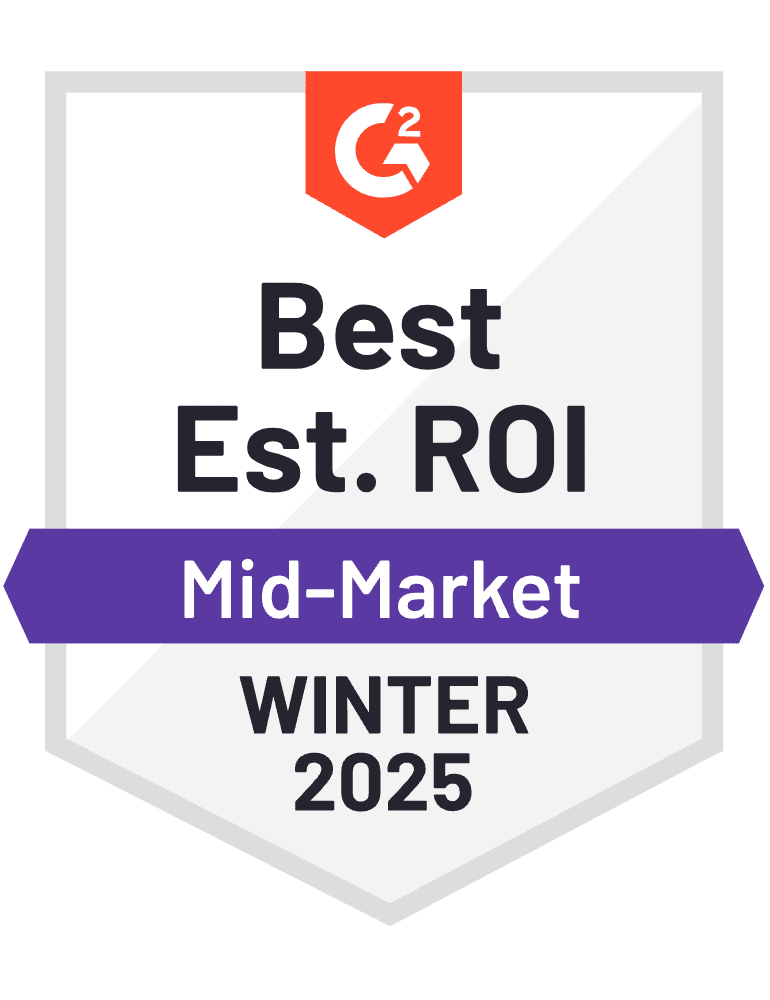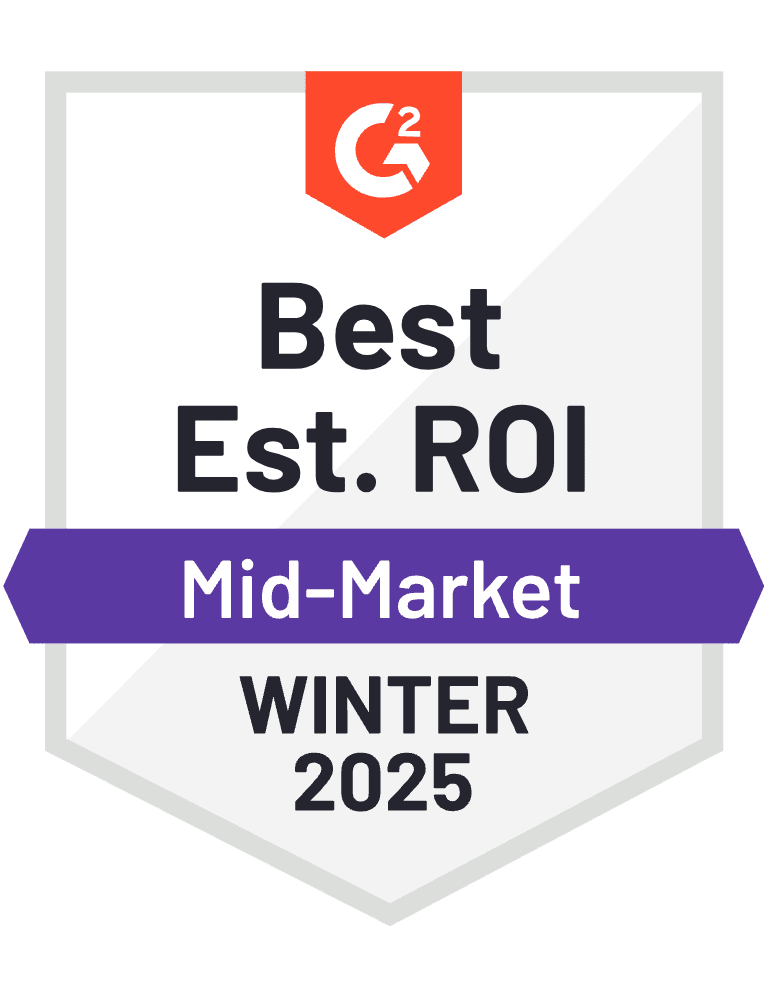20 Monthly Business Expense You Should Know

Whether you’re managing a startup, small business, or a larger enterprise, effective financial management is essential to your success. According to a study by QuickBooks, 60% of small businesses report cash flow problems as a major challenge. Every business faces both regular and one-time expenses and keeping track of these is vital to ensure a healthy cash flow.
In this guide, we’ll explore the different types of monthly business expenses, offering practical insights and tips. Studies show that small businesses often spend around 30-40% of their monthly income on fixed expenses, such as rent, salaries, and utilities. By understanding these costs and tracking your spending, you can maximize potential tax deductions and make informed decisions to help your business thrive.
What do you mean by monthly business expenses?
Monthly business expenses are the ongoing costs a company faces to maintain its daily operations. These expenses are essential to keep the business functioning and can include rent, utilities, payroll, insurance, and office supplies. The specific expenses may differ based on factors such as the industry, business size, and geographic location.
For instance, a tech startup might have higher costs related to software subscriptions and employee salaries, while a retail business may focus on inventory and store-related expenses. Properly managing these recurring expenses is key to ensuring the financial health of the business
Accurate tracking ensures businesses can make better strategic decisions through informed budgeting and forecasting with different reasons:
- By identifying areas where costs can be reduced, businesses can optimize their expenses, leading to higher profitability.
- Monitoring expenses against revenue allows for performance evaluations and insight into a business’s overall financial health.
- Regular expense management helps avoid cash flow shortages, ensuring the business can cover its recurring costs.
- Staying compliant with tax laws is made easier by tracking business expenses, enabling businesses to claim relevant deductions.
- Expense tracking supports the creation of realistic budgets, offering clarity on future financial needs.
- Keeping track of expenses allows businesses to ensure they have enough funds to meet ongoing obligations.
- Proper management of expenses leads to better cost control and financial efficiency, reducing unnecessary spending.
- Evaluating expenses against revenue helps highlight potential areas for financial improvement.
- Tax deductions can significantly reduce a business’s liability, and accurate tracking ensures that no deductions are missed
Can you deduct monthly business expenses from your taxes?
Not all business expenses are treated the same when it comes to taxes—some can be deducted to lower your taxable income. The IRS sets the rules on what qualifies, focusing on two key factors: the expense must be ordinary and necessary. An ordinary expense is something that’s typical in your industry something most businesses like yours commonly spend money on.
A necessary expense, on the other hand, is one that’s essential for running your business smoothly, even if it’s not indispensable. Understanding these distinctions can help you maximize your deductions while staying compliant with tax regulations.
Common Types of Monthly Business Expenses
Office Supplies and Equipment
Keeping your office stocked with essentials is a must for smooth business operations. From everyday items like paper, pens, and printer toner to larger investments like computers, printers, and ergonomic furniture, these costs can add up. Business owners may either purchase or lease equipment, depending on their needs and budget. The good news? Many of these expenses are tax-deductible.
To keep costs in check, implement an inventory management system to prevent overbuying and reduce waste. Strategic planning is key to optimizing office supply and equipment expenses. Using Expense Tracker for small businesses can simplify this by tracking purchases, categorizing expenses, and highlighting areas to cut costs.
Payroll and Employee Benefits
Paying your team is one of the biggest ongoing costs for any business, but it’s also an essential investment. Payroll expenses include salaries, hourly wages, and bonuses, along with additional costs like payroll taxes, retirement plan contributions, and employee benefits such as health insurance. While these expenses can add up, the good news is that they’re typically tax-deductible.
Offering competitive salaries and benefits not only keeps your workforce happy but also helps attract and retain top talent. Managing payroll efficiently ensures compliance with tax regulations while keeping your business financially healthy
Rent or Mortgage Payments
For businesses with a physical location, rent or mortgage payments are often one of the biggest recurring expenses. Whether you lease an office, own a storefront, or operate from a warehouse, these costs are essential to keeping your business running. Commercial property expenses can vary based on location, size, and lease terms, making it crucial to budget accordingly. Ensuring you have the right space for your operations while managing costs effectively can help maintain financial stability
Insurance Premiums
Protecting your business with the right insurance coverage is a must. From general liability and property insurance to professional liability and workers’ compensation, different policies help safeguard your business from unexpected risks. Depending on the plan, insurance premiums can be paid monthly, quarterly, or annually. While it’s an ongoing expense, having the right coverage provides peace of mind and financial security in case of emergencies
Essential Services
Keeping the lights on and staying connected is crucial for any business. Monthly costs for essential services—such as electricity, water, gas, internet, and phone—play a key role in daily operations. These expenses are also tax-deductible, but they can fluctuate due to seasonal changes, increased usage, or provider rate adjustments
Marketing and Advertising
Growing your business often means getting the word out, and marketing and advertising play a key role in that process. These expenses can include everything from social media ads and search engine marketing to print campaigns and promotional materials. Additionally, business trips to industry events are sometimes essential for networking and promoting your brand
Loan Repayments and Interest
When your business relies on loans or lines of credit, paying back both the principal and interest becomes a regular part of your financial responsibilities. These payments can vary based on the terms of the loan, such as the interest rate, repayment schedule, and any fees attached. While these costs are essential for maintaining access to working capital, they can also impact your cash flow. It’s important to track these expenses carefully to avoid overextending your finances and ensure that you’re making timely payments to maintain a healthy financial standing.
Professional Services
Many businesses need outside expertise to handle things like accounting, legal matters, consulting, or IT support. These services are often paid for monthly or per project. While they add to expenses, they provide valuable guidance and ensure your business runs smoothly and stays compliant with industry standards.
Subscriptions
In today’s digital age, businesses often need to rely on a variety of subscription-based software, online tools, and cloud services to stay efficient and competitive. These might include everything from project management platforms and accounting software to customer relationship management (CRM) systems and communication tools. While these services can be essential for smooth operations, it’s important to keep track of the costs, as they can add up over time and become a regular part of your monthly budget. Understanding these expenses can help you manage your cash flow more effectively and ensure you’re only paying for the tools you use.
Travel and Transportation
Businesses often face travel-related expenses, including airfare, hotel stays, rental cars, and transportation for employees or clients. To manage these costs effectively, it’s helpful to establish a clear travel and expense policy that outlines how to book accommodations, arrange transportation, and handle reimbursements.
Inventory and Raw Materials
For businesses that deal with physical products, the cost of inventory and raw materials can quickly add up each month. To manage these expenses effectively, it’s important to implement smart inventory management practices that help maintain optimal stock levels and reduce waste. This can help keep your costs in check while ensuring you have what you need to meet customer demand.
Professional Development and Training
Investing in employee training and development is a smart way to boost productivity and enhance skills within your team. Offering opportunities for growth, such as online courses, attending industry events, or hosting in-house training sessions, can be a cost-effective way to improve your business’s overall performance and keep employees engaged
Taxes and Licenses
Every business must stay on top of various taxes and license fees, which can vary depending on location and industry. These could include sales tax, property tax, or business license fees, and they may need to be paid monthly or annually. It’s important to stay informed about the specific requirements in your area and seek advice on possible deductions or credits that can help reduce your tax burden
Maintenance and Repairs
To keep your equipment, machinery, and facilities running smoothly, regular maintenance and repairs are essential, often adding to your monthly costs. Fortunately, the IRS allows business owners and sole proprietors to deduct expenses related to the upkeep and repair of their property and equipment.
Bank Fees and Payment Processing
Many businesses incur regular fees for banking services, including monthly account fees, transaction charges, and payment processing costs for credit cards or corporate cards.
Technology and IT Services
Expenses related to maintaining and upgrading technology systems, software, and IT services can be significant. This can include cloud storage, cybersecurity, IT support, and regular software updates.
Shipping and Delivery
For businesses that ship products, regular shipping and delivery costs are a monthly expense. These can include postage, freight charges, packaging materials, and logistics services.
Rent or Lease Equipment
In addition to property rental, businesses may need to lease equipment such as vehicles, machinery, or specialized tools. These rental fees are recurring and should be included in your budget.
Employee Training and Development
Beyond formal training, businesses may invest in ongoing employee development through seminars, certifications, or skill-building workshops. These can be recurring costs if they are offered regularly to enhance employee performance and engagement.
Miscellaneous Expenses
Every business has occasional, unpredictable costs that don’t always fit into specific categories—things like shipping fees, small equipment purchases, or other unexpected expenses.
A Simple Guide to Calculating Monthly Business Expenses
Here’s how you can accurately calculate your monthly business expenses:
Top Benefits of Using a Receipt Tracking App:
- Collect all receipts and invoices: Begin by gathering all documentation of your business expenses for the month, including receipts, supplier invoices, and bills for services like rent or utilities.
- Organize expenses by category: Sort your expenses into categories such as office supplies, advertising, travel, utilities, rent, and payroll. If your business has unique expenses, feel free to create custom categories for better tracking.
- Log your expenses: Record each expense in a spreadsheet, accounting software, or a dedicated expense tracking app. Make sure to include details like the date, amount, and category for each entry.
- Distinguish between fixed and variable expenses: Identify which costs are fixed (e.g., rent, insurance, loan repayments) and which fluctuate (e.g., utilities, inventory, marketing). Fixed expenses stay the same each month, while variable ones can change depending on factors like usage or seasonality.
- Total your expenses: Add up the expenses in each category to calculate your total monthly expenses. This helps you see where your money is going and pinpoint areas that may be higher than expected or need attention.
- Review and optimize: Examine your expenses for any inconsistencies or opportunities to save. Look for ways to reduce costs, negotiate better deals with suppliers, or implement more efficient processes. Regularly reviewing and adjusting your spending helps improve cash flow and boosts your business’s profitability.
How to Effectively Organize Expenses for Your Business
Maintaining a detailed record of your business expenses is essential for understanding your cash flow, preparing for taxes, and spotting opportunities cost to save. Here’s how you can stay on top of your expenses:
Key Benefits of Real-Time Expense Tracking:
- Use Expense Management Software or Apps: Invest in accounting tools or apps that automate the tracking, categorization, and reporting of your expenses. These systems save you time, reduce manual errors, and make it easier to handle finances. Consider using Expense Tracker 365, which allows employees to capture and submit receipts on the go and automates approval workflows for reimbursements. This is especially useful for small business owners who need to track expenses efficiently.
- Create a Filing System: Whether physical or digital, an organized filing system for receipts, invoices, and expense-related documents ensures you can easily access your records when needed—especially during tax season or audits. For sole proprietors, it’s crucial to keep personal and business expenses separate for clear depreciation tracking.
- Establish Expense Policies: Set clear guidelines for employees on how to report, document, and submit expenses. By defining the approval process and reimbursement procedures, you can ensure compliance, minimize misunderstandings, and streamline expense management.
- Assign Expense Categories: Define specific categories that match your business operations (e.g., office supplies, travel, marketing, rent, and payroll) and assign each expense accordingly. Categorizing your expenses helps identify trends and offers insight into areas where you could cut costs.
- Set Reminders and Deadlines: Use calendar reminders to prompt timely expense reporting and record-keeping. Create a routine for monthly or quarterly submissions and reviews to keep things current. Also, set reminders for tax deadlines to stay ahead of obligations.
- Review Expenses Regularly: Regularly analyse your expenses to detect patterns and potential savings opportunities. Compare actual spending with budgeted figures, negotiate better rates, and consider alternative suppliers for more cost-effective solutions.
Simplify Expense Management with Expense Tracker 365
Tracking expenses—from a simple coffee during a meeting to conference travel—can be overwhelming without the right system. Detailed records are crucial for maximizing tax deductions and gaining insight into your business’s spending habits.
To make managing expenses easier, consider using Expense Tracker 365. It allows employees to upload receipts and log expenses seamlessly, removing the need for manual record-keeping. With automated categorization and detailed reports, Expense Tracker 365 helps keep everything organized and accurate, ensuring your financials are ready for tax season without the hassle.
Conclusion
Understanding and managing your monthly business expenses is essential for maintaining healthy cash flow and ensuring long-term profitability. By tracking and reviewing costs regularly, you can identify areas for improvement, optimize spending, and make informed decisions to keep your business on the path to success.
Frequently Asked Questions
What are the 3 biggest monthly expenses?
The three biggest monthly expenses for most businesses tend to be:
- Payroll and employee benefits: Employee wages, salaries, and benefits like health insurance and retirement contributions are often the largest expenses.
- Rent or mortgage payments: The cost of leasing or owning office, retail, or industrial space is typically a significant recurring cost.
- Utilities: Expenses related to electricity, water, internet, phone services, and other essential services are common large monthly expenses.
What are monthly expenses?
Monthly expenses refer to the costs that a business or individual incurs on a regular, monthly basis. These include fixed expenses (like rent or salaries) and variable expenses (like utilities or raw materials) that occur every month to keep the business or personal finances running.
What are expenses in business?
Expenses in business are the costs incurred during normal business operations. They can include both fixed and variable costs, such as rent, utilities, employee wages, supplies, advertising, loan repayments, and maintenance. Tracking expenses is critical for profitability and financial health.
How do you record monthly expenses?
To record monthly expenses, follow these steps:
Collect all receipts, invoices, and bills related to the expenses.
Categorize the expenses into relevant groups (e.g., payroll, utilities, office supplies).
Use a spreadsheet, accounting software, or an expense tracking app to log each expense, including the date, amount, and category.
Regularly review and update your records to ensure accuracy and help manage cash flow effectively.
How do I reduce unnecessary monthly business expenses?
A small business expense tracking app helps identify non-essential costs by analyzing spending patterns, highlighting unused subscriptions, and providing data-driven insights to cut wasteful expenses.
Can a small business expense tracking app generate reports for my monthly business expenses?
Yes! A good tracking app provides detailed reports on your monthly business expenses, helping you analyze cash flow, forecast future costs, and make informed financial decisions.
Are there tax benefits to tracking my monthly business expenses?
Absolutely! Properly tracking your monthly business expenses ensures you capture all deductible costs, maximizing your tax savings and keeping you IRS-compliant.













_Rapo0hRMBy.png)










